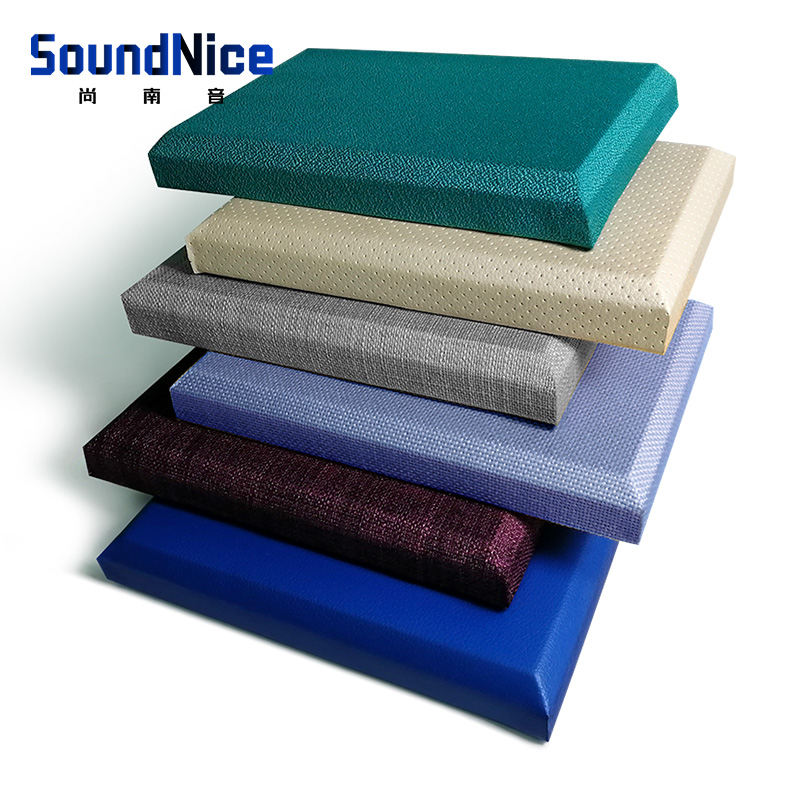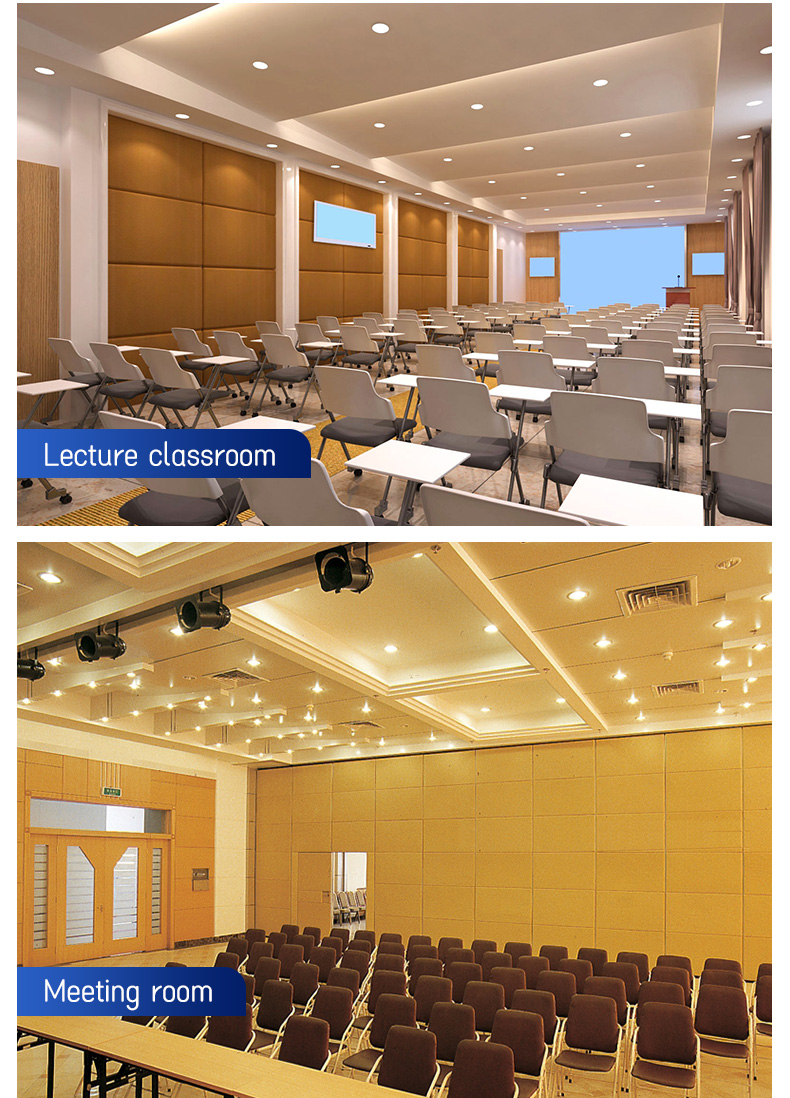
Soundproofing fabric for walls for Walls: Enhancing Acoustic Comfort
In a world filled with constant noise pollution, finding solace in the tranquility of one's home has become increasingly challenging. However, with the advent of soundproofing technology, individuals can reclaim their auditory sanctuaries. Among the array of soundproofing solutions available, soundproofing fabric for walls stands out as a versatile and effective option for mitigating unwanted noise infiltration into living spaces.
Characteristics of Soundproofing fabric for walls
Soundproofing fabric for walls is engineered to dampen sound waves and prevent them from penetrating through walls. Its effectiveness is attributed to several key characteristics:
Material composition
Soundproofing fabric for walls typically consists of multiple layers of dense materials such as fiberglass, polyester, or cotton. These materials absorb and dissipate sound energy, thereby reducing noise transmission.
Thickness and density
The thickness and density of soundproofing fabric for walls play crucial roles in its ability to block sound. Thicker and denser fabrics are more effective at absorbing sound waves, resulting in superior noise reduction capabilities.
Acoustic properties
Soundproofing fabric for walls is designed to possess favorable acoustic properties, including high sound absorption coefficients and low transmission loss values. These properties enable it to effectively attenuate a wide range of frequencies, from low rumblings to high-pitched noises.
Installation Process
Installing soundproofing fabric for walls on walls requires careful planning and execution. The process typically involves the following steps:
Preparation of walls: Before applying soundproofing fabric for walls, walls must be cleaned and free of any debris or contaminants. Additionally, any existing holes or cracks should be patched up to ensure a smooth surface for installation.
Application methods: Soundproofing fabric for walls can be applied to walls using various methods, including adhesive bonding, stapling, or hanging. The chosen method depends on factors such as the type of fabric and the condition of the walls.
Additional considerations: During installation, attention should be paid to factors such as seams and overlaps, as these can create weak points where sound may leak through. Additionally, incorporating air gaps between the fabric and the wall can further enhance soundproofing performance.
Benefits of Using Soundproofing fabric for walls
The utilization of soundproofing fabric for walls offers a multitude of benefits, including:
Noise reduction
By effectively absorbing and blocking sound waves, soundproofing fabric for walls significantly reduces the transmission of external noise into interior spaces. This creates a quieter and more peaceful environment conducive to relaxation and concentration.
Enhanced privacy
Soundproofing fabric for walls acts as a barrier to sound transmission, thereby enhancing privacy within enclosed spaces. Whether in residential or commercial settings, individuals can enjoy a greater sense of confidentiality and seclusion.
Improved acoustics
In addition to attenuating external noise, soundproofing fabric for walls can also improve the acoustics of a room by reducing reverberation and echo. This creates a more balanced and pleasant auditory environment, ideal for activities such as music listening or video conferencing.

Applications of soundproofing fabric for walls
Cost Considerations and Alternatives
While soundproofing fabric for walls offers numerous advantages, it is essential to consider cost implications and explore alternative solutions:
Comparison with other soundproofing methods
Soundproofing fabric for walls may be more cost-effective than alternative methods, such as installing acoustic panels or soundproofing foam. However, the effectiveness of each method depends on factors such as the desired level of soundproofing and the specific characteristics of the space.
Cost-effectiveness
The cost of soundproofing fabric for walls varies depending on factors such as material quality, thickness, and coverage area. Nonetheless, when compared to the potential benefits of noise reduction and improved comfort, the investment in soundproofing fabric for walls is often deemed worthwhile.
Conclusion
Soundproofing fabric for walls offers a practical and effective solution for enhancing acoustic comfort within residential and commercial environments. Its ability to absorb and block sound waves makes it an invaluable tool for creating peaceful and private spaces free from the intrusion of external noise. By understanding its characteristics, installation process, and associated benefits, individuals or businesses can make informed decisions when considering soundproofing options for their walls.









Leave a comment